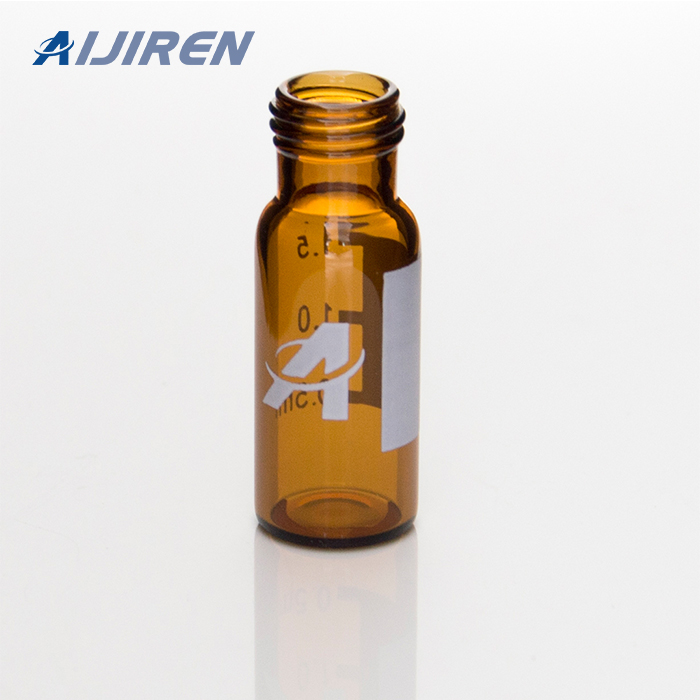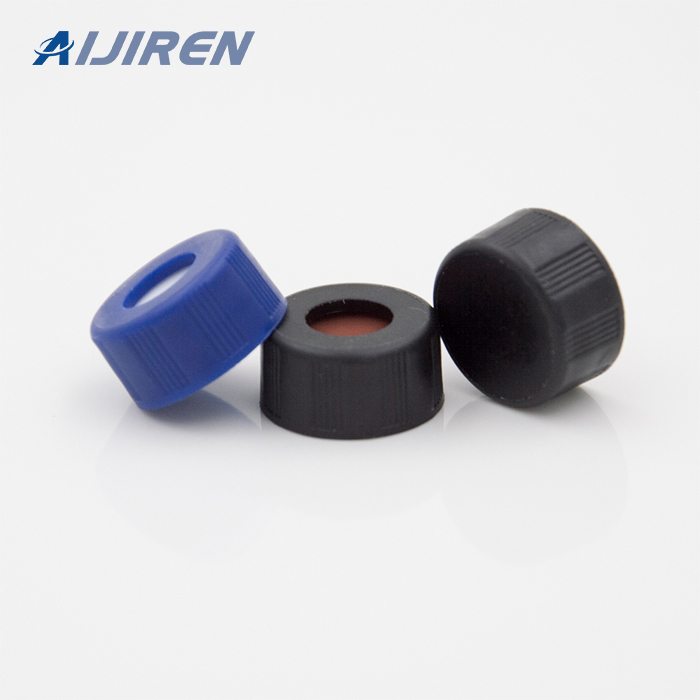



Results 1 - 30 of 3690 Place one to eight uncapped HPLC vials (12 × 32 mm) in the vial tray and place lid over vials. NOTE: To wash filters prior to sample ...
4 mL screw top vials with fill markings and diffusion caps. For washes, standards and diluents, designed specifically for the Aijiren GC autoinjector.
and moisture can decrease GC sensitivity; they can also activate glass wool in liners and 32 mm x 12 mm ... 4 mL wash vials with fill markings and caps.
0.35mL, Glass insert, shell style, 6 x 31mm. 100. 24715. 1000. 24716. Aijiren Technologies A, Series I and II. Vials for GC and HPLC. 12 x 32mm Vials
Our portfolio includes over 850 Aijiren Tech vials and closures products in all glass vials as a byproduct of the ... Low GC-MS Background.
These 300 µL glass conical insert and 12 x 32 mm vial are one precise integral unit. engineered and manufactured for optimum performance in HPLC, GC/MS,.
Select the products with two waves. Level 2 - vials & cap closures. 2 mL Glass Crimp Top Vials
Description: Standard glass or plastic vials for GC and HPLC, Description: Chromatography vial, VWR®, Glass, Clear glass, 2,00 ml, Ø×H: 16×32 mm.
Description: For E-Z Vials (12×32 mm) with wide opening. Description: Clear glass inserts for HPLC and GC autosampler vials are rimless and have optimum ...
Both the borosilicate glass and polypropylene vials are totally inert to samples ordinarily analyzed by liquid chromatography.
Dec 17, 2018 Technical Note 20670, Results of Using Re-washed Vials and Closures, ... with new vials using gas chromatography and HPLC instruments.
require 12 x 32mm screw top or crimp top vials. VIAL DESCRIPTION. QTY. CAT. NO. PRICE. POLYPROPYLENE CAP, PTFE/SILICONE SEPTUM. Clear glass.
Key Words. Autosampler, Closures, Contamination, Used Vials, Vial Cleaning, Vials. Introduction. When using glass autosampler vials in the laboratory,.
HPLC stands for high-performance liquid chromatography, an analytical technique used to separate, identify, and quantify components in a mixture. As the single
Which HPLC analytics do you perform in your laboratory? If it really cannot be avoided (reuse of the glass vials), then I recommend a cleaning with chromium